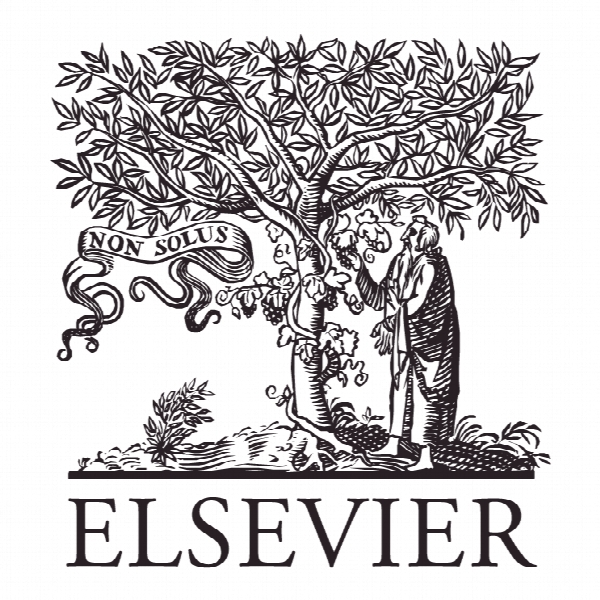بازیگر مجازی با هوش هیجانی و اجتماعی Virtual Actor with Social-Emotional Intelligence
- نوع فایل : کتاب
- زبان : انگلیسی
- ناشر : Elsevier
- چاپ و سال / کشور: 2018
توضیحات
رشته های مرتبط روانشناسی
گرایش های مرتبط روانشناسی صنعتی و سازمانی
مجله پروسه علوم کامپیوتر – Procedia Computer Science
دانشگاه Moscow Engineering Physics Institute – Russian Federation
منتشر شده در نشریه الزویر
کلمات کلیدی انگلیسی cognitive modeling, virtual actor, emotional intelligence, virtual environment; Turing test
گرایش های مرتبط روانشناسی صنعتی و سازمانی
مجله پروسه علوم کامپیوتر – Procedia Computer Science
دانشگاه Moscow Engineering Physics Institute – Russian Federation
منتشر شده در نشریه الزویر
کلمات کلیدی انگلیسی cognitive modeling, virtual actor, emotional intelligence, virtual environment; Turing test
Description
2.2 Experimental Paradigms In this study, the previously developed experimental paradigm “Teleport” was used, which is described in detail in our previous work [5], and a new implementation was created for the paradigm “Shooters” (Figure 2). Both paradigms were implemented on a specially designed platform on the basis of Unity. One feature of this platform is that humans and avatars are represented by avatars, that are indistinguishable from each other by their appearance and kinematics, and only differ by letter labels attached to them. Another feature is that the platform allows us to collect automatically large volumes of annotated data, containing detailed information about all events, including all behavioral actions of participants and Virtual Actors that happen during the experimental session. In the Shooters paradigm (Figure 2), three Actors (possibly of different nature) appear on the platform. Each of the actors has the opportunity to ask another for help or thank another actor. As in the previous paradigm, actors have the ability to cast off each other over long distances. A feature of this paradigm is the lack of a rescue zone. At given conditions, the actor has to survive on the platform to increase own score, indicated in the lower left corner. In addition, each player has an interface that allows him to answer as to who he believes is a virtual actor, and who is a human. Each of the actors has several options available to him. 1. Ask for help from another actor. A request for help from the actor is accompanied by the synthetic voice, speaking to that actor to which the action is applied, and also by making a rutn towards the target, followed by a special animation and a light effect. 2. Thank the other actor: express gratitude to the actor – implemented similarly. 3. Kick (push) the other actor. To kick another actor, it is necessary to approach this actor and click on it, then, under the condition that the KICK button is active, The actor, over whom the action was committed, flies a large distance is the direction opposite to the location of the actor, who gave him a kick. 4. Aim at the actor. To carry out the aiming action, it’s enough to click on the actor – the target. After this, there will be a quick turn toward the target. The light indication will light up and then the actor will follow the direction toward the target, until another action will be performed. 5. Make a shot. To shoot, one needs to press the SHOOT button. After this there will be a release of the projectile in the direction straight ahead of the actor. The projectile can hit the target or miss. When a hit occurs, the affected actor is transferred to the state “wounded”. In each round, one actor can shoot only once. 6. To cure one of the actors. This action only works for actors in the state “wounded”. To activate it, one needs to press the HEAL button and the target, which must be healed. This action is also possible to perform only once per round. New actions in this experimental paradigm, with respect to the Teleport, are the actions of healing and shooting. The round in this paradigm ends after the actors present on the platform have ran out of charges. Also, a round may end given the condition that only one actor remains on the platform. A feature of this paradigm is the lack of a rescue zone. Under these conditions, the actor needs to stay alive on the platform until the round’s end in order to win.


